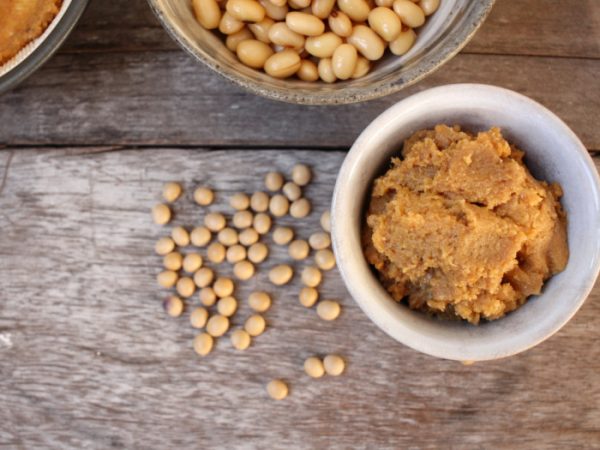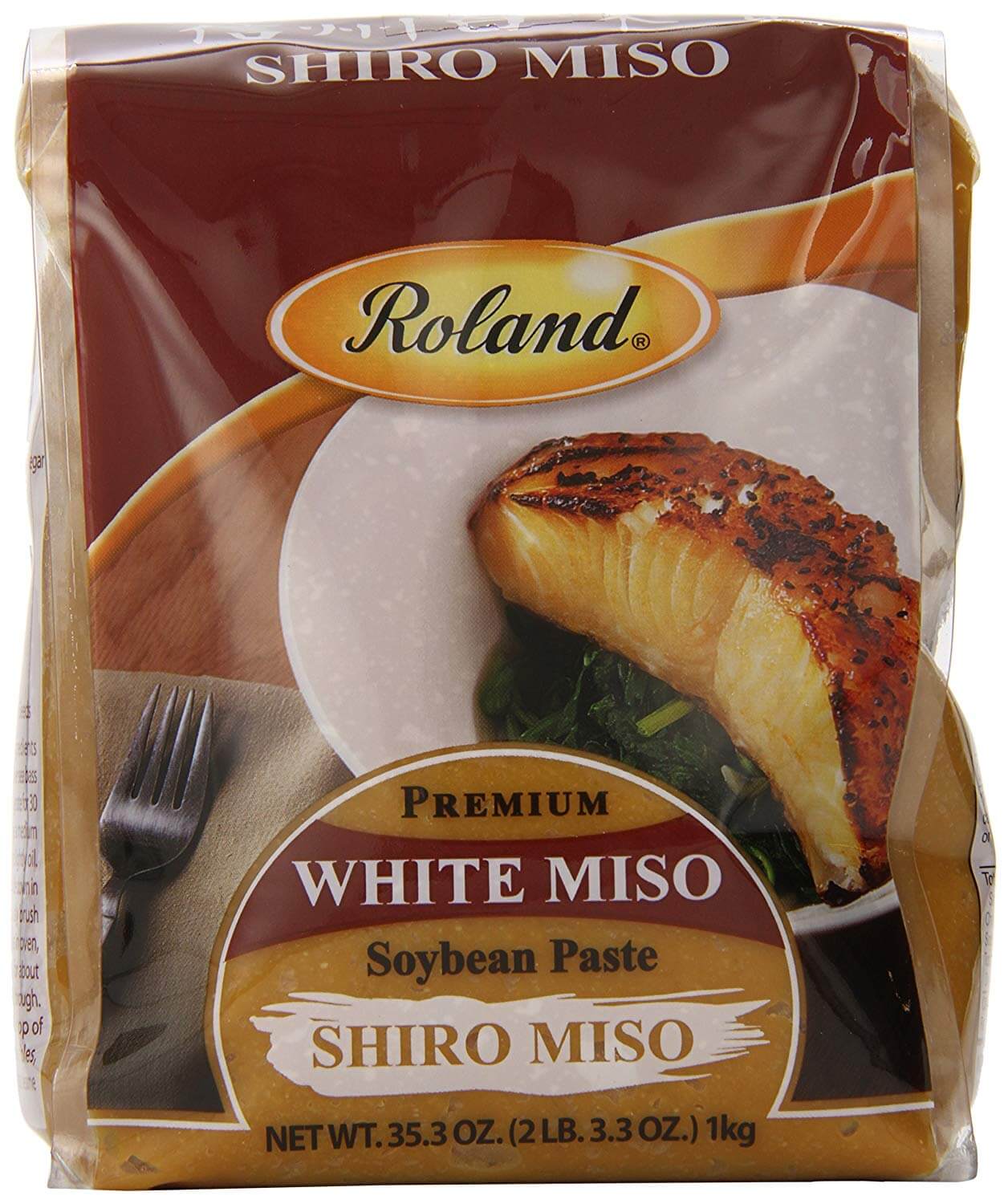

Salty miso is commonly found in light brown or red color and is made with barley koji. Salty miso contains 11% to 13% of salt ratio with 5% to 10% of koji ratio. What determines the miso taste is the ratio of salt and koji. There is also a middle flavor category called sweet-ish miso (amakuchi miso). Taste wise, miso flavor can be measured between two ends of a spectrum: saltiness level and sweetness level. Though it is famous to be soybean-only miso, it is not uncommon now to find Hatcho miso that uses rice koji or barley koji to add dimension to the already delicious, subdued yet refined taste. Hatcho miso is a specialty miso that originates in Hatcho Town, Okazaki City, Aichi Prefecture. This makes the miso uses 100% soybeans as the grain ingredients.įun fact: In Japan, there is a famous type of soybean miso called Hatcho miso. White Miso (Shiro Miso)Īs the name suggests, soybean miso uses soybean koji. The miso color also depends on whether the soybeans for the miso are steamed or boiled, the ratio of each ingredient, and the kind of koji that is used.

Generally, the longer the fermentation period, the darker the color.

The number one factor that makes a difference in color is the time spent on fermentation and aging. Based on Color: White Miso vs Red Miso vs Light Colored Misoĭepending on the color of the finished product, miso is grouped into red miso, white miso, and light-colored miso. In Japan, miso itself can be categorized according to a few attributes: color, koji, flavor, method of fermentation, texture, and others such as prefecture of origin and price range. With 1300 years of history, no wonder miso has been developed in so many ways that so many varieties of miso can be found all over Japan.
#TYPES OF MISO PASTE HOW TO#
156, HHC) or Miso Gravy (p.291, EHH).How To Make Miso How to Make Miso Paste by Kawashimaya Do you know that you can make homemade miso from scratch with only 3 ingredients and a bit… The Types of Miso Red and white miso There are several HH recipes that call for miso, like the African Kale & Yam Soup or the Baked Shells and Cheese (p. If a recipe calls for brown miso, you can't really substitute it with a lighter color miso for the same reason. Their flavor is too strong and different. Most recipes that call for yellow or white miso only need a hint or of flavor and the brown miso is too strong. Red miso likely will alter the color of the dish if you substitute it in place of a yellow or white miso.īrown misos won't work in HH recipes. The white and red (sometimes) misos are an ok substitute for yellow miso. Although I think some of the red misos are sweet too. White miso is generally the mildest and sweetest miso, followed by yellow, red and brown - the strongest and saltiest of the misos.

The colors come from a combination of the amount of time the miso is aged, as well as how the soybeans are cooked (steamed or boiled) and if there are other ingredients (like rice or barley). Miso is often labeled by color, white, yellow, red and brown. You should check the ingredients if you are allergic to gluten. Soybeans are naturally gluten-free but miso is not always, it can be made with barley or other wheat ingredients. There is even a chickpea version that contains no soy. Miso is made with soybeans, but there are some varieties that are a mix of soybeans and rice and/or barley. The general rule is the darker the color, the stronger the flavor. Although there may be a few exceptions, depending on the brand or mixture. The color differences of miso can tell you the depth of flavor and level of saltiness to expect. There are also different types of misos, and not all are interchangeable. A few months ago, I did a post on what miso is.


 0 kommentar(er)
0 kommentar(er)
